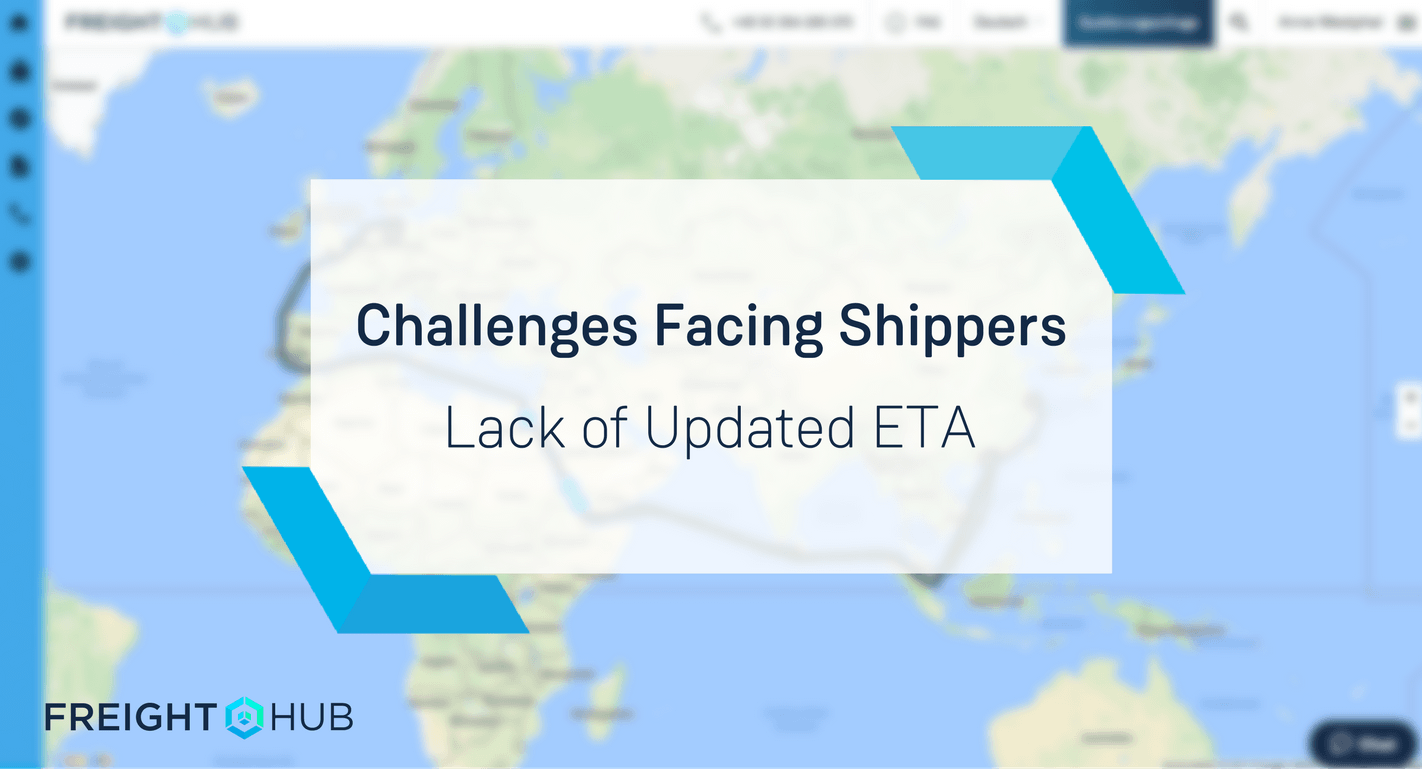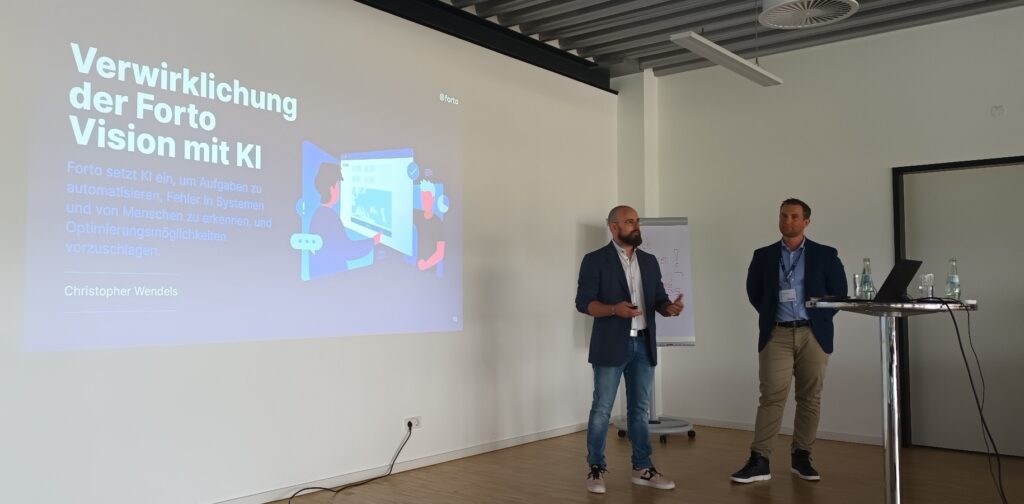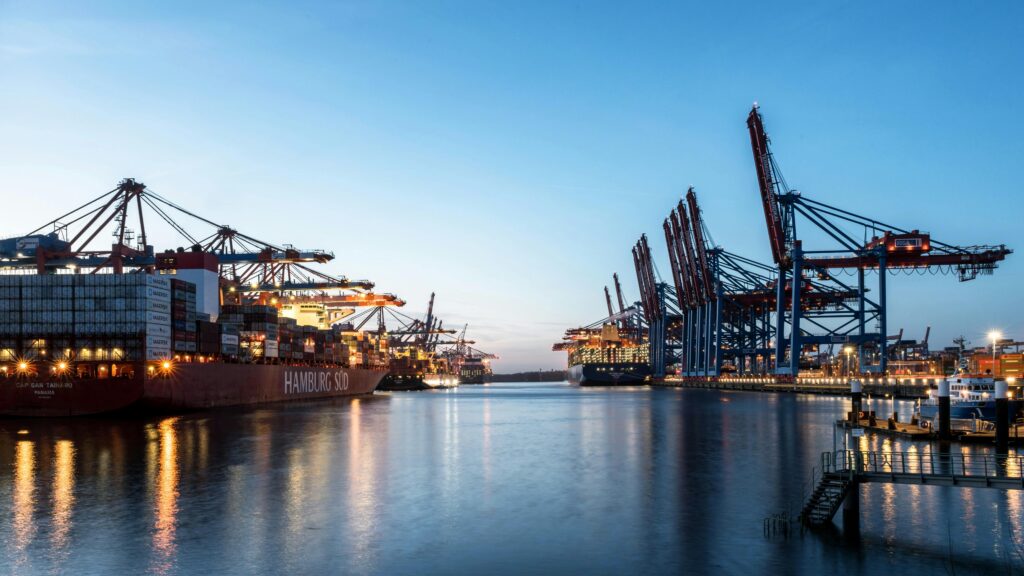Global trade is heavily influenced by timelines for delivery. Almost all businesses are reliant on their goods being shipped from the origin and received at destination on time.
Especially businesses that require JIT (Just In Time) deliveries like the garment or automotive industry. Moreover, the rapid development and magnitude of e-commerce, as well as the change in customers’ expectations has added another layer of challenges to already complex global supply chain processes.
Some customers have been known to prefer timely delivery over price, and some may even be willing to pay slightly more to ensure that their cargo departs and arrives on time.
Yet one of the most common challenges faced by customers today is the lack of updated ETA of their goods. Most of them want a continuously updated ETA as events are unfolding throughout the supply chain. And if you are wondering why this simple term is so important, it is because the receiver will be waiting for their goods, and more often than not, they will plan their operation, distribution, and/or production schedules around the arrival of these goods.
Before we get to the question of how shippers can monitor a continuously updated ETA and whether it is possible or not, let us see what ETA is in detail.
The definition of ETA is Estimated Time of Arrival at a certain point with the emphasis on Estimated. It is of utmost importance that you as a customer understand this term because many problems begin with the impression that all cargo will arrive as per the ETA, mentioned at the time of booking the transport.
There are a few other terms associated with an ETA in air freight and ocean freight shipping such as Block Time, Pushback, ETB, ETD, and ETS. Let’s take a look at them:
Block Time = A period of actual time between aircraft departure and arrival.
Pushback = an airport procedure during which an aircraft is pushed back away from an airport gate by external power, official departure time
ETB = Estimated Time of Berthing which is the time that a ship is expected to berth at a certain port/terminal
ETD = Estimated Time of Departure which is the time that a ship is expected to depart from the berth
ETS = Estimated Time of Sailing which is the time that a ship is expected to sail from the port/terminal
ETA = Estimated Time of Arrival which is the time that a ship is expected to arrive at a certain port/terminal
Air Freight
Airports are notoriously crowded places, and the freight side of the business is no exception. Air freight moves two ways, in freighter aircraft, and in the belly-holds of passenger aircraft. Both transit options present the possibility for delays, often due to weather, aircraft maintenance issues, or missed connections. Freighter aircraft, in particular, are prone to delays because freighter operators often change their schedules to accommodate last-minute customer needs and the inevitable delays associated with the customs and documentation processes.
An early arrival is sometimes just as bad, especially if it means high-value shipments like pharmaceuticals are languishing on docks, waiting for pickup, or unsecured in a warehouse.
Once you accept that airfreight shipments are likely to be delayed, the challenge is the effective and timely communication of those delays.
Ocean Freight
There is a big reason why ocean freight shippers, receivers are complaining more and more about the lack of updated ETA. As per SeaIntel, while the global schedule reliability rate for the industry rose from 74.5% in the second quarter of 2017 to 74.7% in the third quarter, it was still far below the rate of 85.3% reliability in the third quarter of 2016.
As per JOC.com, a SeaIntel report showed that of 18 ocean carriers studied, all of them had a worse on-time record in the third quarter of 2017 than in the same period in 2016. And the performance of half of them was ten percentage points or more worse than the previous period.
What could be the main reasons for unreliable schedules? Well, there is a whole host of reasons such as weather, port strikes, cargo availability, blank sailing and port productivity problems – if nothing else, just think about the mega ships and their impact on port productivity. Transit or transshipment delays could also happen due to a ship malfunction, incorrect or improper documentation, inspections by authorities, etc.
So, what does all this mean?
Well, this means that when a carrier advises an ETA, it is JUST THAT. It is an ESTIMATED time of arrival and cannot be taken to be the ATA (Actual Time of Arrival).
In their own best interest, the shippers and consignees should take this fact into account when discussing shipping schedules with the receivers or the end users and ensure that they have some buffer time built into their delivery schedules to cater for delays. If the carrier is handling the intermodal movement on behalf of the customer including pre-carriage and on-carriage, any delays with these movements can also contribute to the overall delay in ETA. The same rules apply to air freight carriers. Airport congestion and delays in takeoff and landing times can be and should be communicated to customers arriving for a pickup.
Let’s face it. There is nothing a shipper or receiver or even the service provider can do to change the ETA or schedule of a truck or a ship or an aircraft. BUT through effective communication and use of service providers who have the digital capability and acumen to provide real-time tracking of your goods will make the difference. It will make the difference in a big way for all, shippers, receivers as well as for service providers.
In an ideal situation, shippers should be able to check and see at any moment if their cargo is in transit, on a vessel, at a port or, on the last mile to its final destination. This sort of visibility removes unnecessary, labor-intensive manual interventions and ensures that the cargo is moved efficiently, streamlining everything from transit times through billing to cash-flow.
Having access to ETA updates or the tracking data of your shipment from end to end need not be rocket science by any means. It’s just a question of information flow, sharing of relevant, up-to-date data, and effective communication between the various stakeholders involved.








